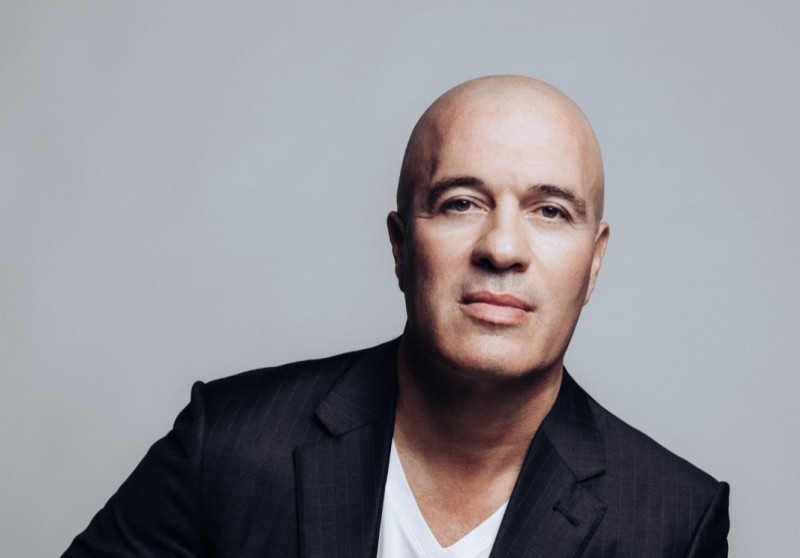Did you know that there are 150 different types of unconscious biases? Do you know what unconscious biases are? These are learned beliefs, assumptions or attitudes that we hold about ourselves and other individuals which exist within our subconscious. They also affect the way we think and feel about ourselves and other people.
Humans will naturally gravitate towards those who look and sound just like us. Our brain partly functions in survival mode and looks out for threats. It’s goal is to protect us, and we make decisions based on what makes us feel safe.
Today, we will focus on five unconscious biases that exist within organisations.
- Affinity Bias: favouring people who we feel are similar to us and with whom we have a connection. They may look like us, speak the same language or live in the same town.They may also remind us of someone we know. This could have a big impact on recruitment drives with new employees or even when we promote people. If they share a personal story with us, we may be empathetic with them and offer comforting words. If they are not from the same group, we may subconsciously hold it against them. For example, you may feel that they may not perform as well as they could based on that information.
- Perception Bias: we form assumptions or stereotypes about a certain group of people and put everyone else like them in the same group. For example, if a certain person stole money from the organisation, you would assume that anyone else like them is the same. You may be more wary when recruiting new people from that group.
- Blind Spot: we are able to identify biases in others but not within ourselves. The Johari Window model is a good exercise to help you identify your blind spot. It covers the open area, hidden area, blind area and unknown area. It also helps you increase your self awareness and improve your communication with others. For example, as high achievers, we tend to do everything on our own and unknowingly don’t seek help.
- Confirmation Bias: We tend to seek information that confirms our pre-existing beliefs or assumptions and could discount information that is not aligned with our beliefs. For example, if you wanted feedback on a particular person, you would read previous reports on them and select information based on your existing beliefs.
- Anchoring Bias: we tend to rely on the first set of information we receive rather than undertake research on the subject and evaluate the information before we make a decision. For example, if another manager gives us information about a certain person, we will believe them and wouldn’t doubt them. If we took the time to gather more information, we may find out that the manager’s information was based on their own biases or even fears.
So, how can we change our biases and beliefs? How can we create a culture of inclusion? How can we become inclusive leaders?
We can do this by introspecting and looking within ourselves. Self awareness is key to helping us become courageous, confident and inclusive leaders. Once you identify your biases and beliefs, you can then turn to the stories you’ve been telling yourself. This will also highlight how we’ved viewed the world based on what we learnt as children.
As a child you may have heard your parents speak about people from different ethnicities or religious groups. It may have been on reaching retirement age and having to prepare for a younger manager to take over. It may have been about a female CEO taking over the position of an outgoing male CEO. Or a person with a physical disability who wouldn’t be put forward for promotion as they are ‘often off sick’. These are just a few stories you may have heard growing up.
An inclusive leader is one who has the courage to transform their own beliefs, challenge the norms and educate their teams around their own thinking. It means standing up and speaking out about policies, practises and decisions regarding recruitment, training and promoting employees. It’s about making an impact and highlighting that an organisation’s current inclusive practises are metric based and not in the best interests of employees. It’s about looking at their senior team of leaders and suggesting changes to reflect diversity and inclusiveness.
Here are five steps your organisation can take today to become more inclusive.
- Assess your current policies, processes and practises. This includes advertisements for jobs, the recruitment process, interviews, onboarding, training, performance evaluation, promoting high performers, successors to retirees and offboarding.
- Increase awareness of the different types of biases and beliefs that may be present in the organisation. Include every employee as a collective effort, as it should not fall in the hands of the HR department.
- Conduct employee surveys to identify where hidden biases, unfairness or injustice may exist in the organisation, and encourage respectful debates.
- Be open to 360 degree feedback, be coachable, provide feedback with an open mind and interact with employees so that they are not just seen as a number.
- Collect data quarterly and evaluate the findings to establish if the new system is working. Celebrating annual events such as Black History Month, LGBTIQ+ events or Hanukkah once a year is not enough to embed new policies, practises and processes. It has to become a daily practice for it to take hold.
The benefits are immense, as an inclusive workforce can boost morale, increase employee engagement and productivity. Employees may even trust the organisation more as they feel a sense of belonging and are safe enough to voice their opinion. They can use their creativeness in different areas of their work as well. This positive environment can also help reduce stress, absenteeism and conflict amongst team members.
Through my work, I advocate for leaders to implement holistic inclusive employee models and encourage everyone to work together. Taking action, being accountable and embedding diversity and inclusiveness into their policies, processes and practises, will help pave the way for all employees to have equal opportunities.
This is part of my entrepreneurial journey as I work on reaching even more women globally. Now is the time for women to stand up and speak up for what they believe in without fear of judgement or backlash. That is what I also plan to do here, in this series of articles on MaltaCEOs.mt. My aim is to help women overcome their biases, barriers and beliefs that have kept them unfulfilled and feeling lost.
6 morning routine mistakes to avoid that could cost you productivity
There are easy and effective ways to set the right tone from the start of your day.
Mistakes CEOs regret and how to avoid them
Many CEOs look back and wish they had done things differently.
6 steps business leaders must follow to address negative online reviews
Responding to online critics is an effective way of protecting a company’s reputation and building customer loyalty.
Provide feedback and show respect: 5 ways business leaders can steer a young team towards success
Millennials and Gen Z employees are on the rise, and while they are wrongly viewed as ‘unmotivated’ and ‘entitled’, they ...









